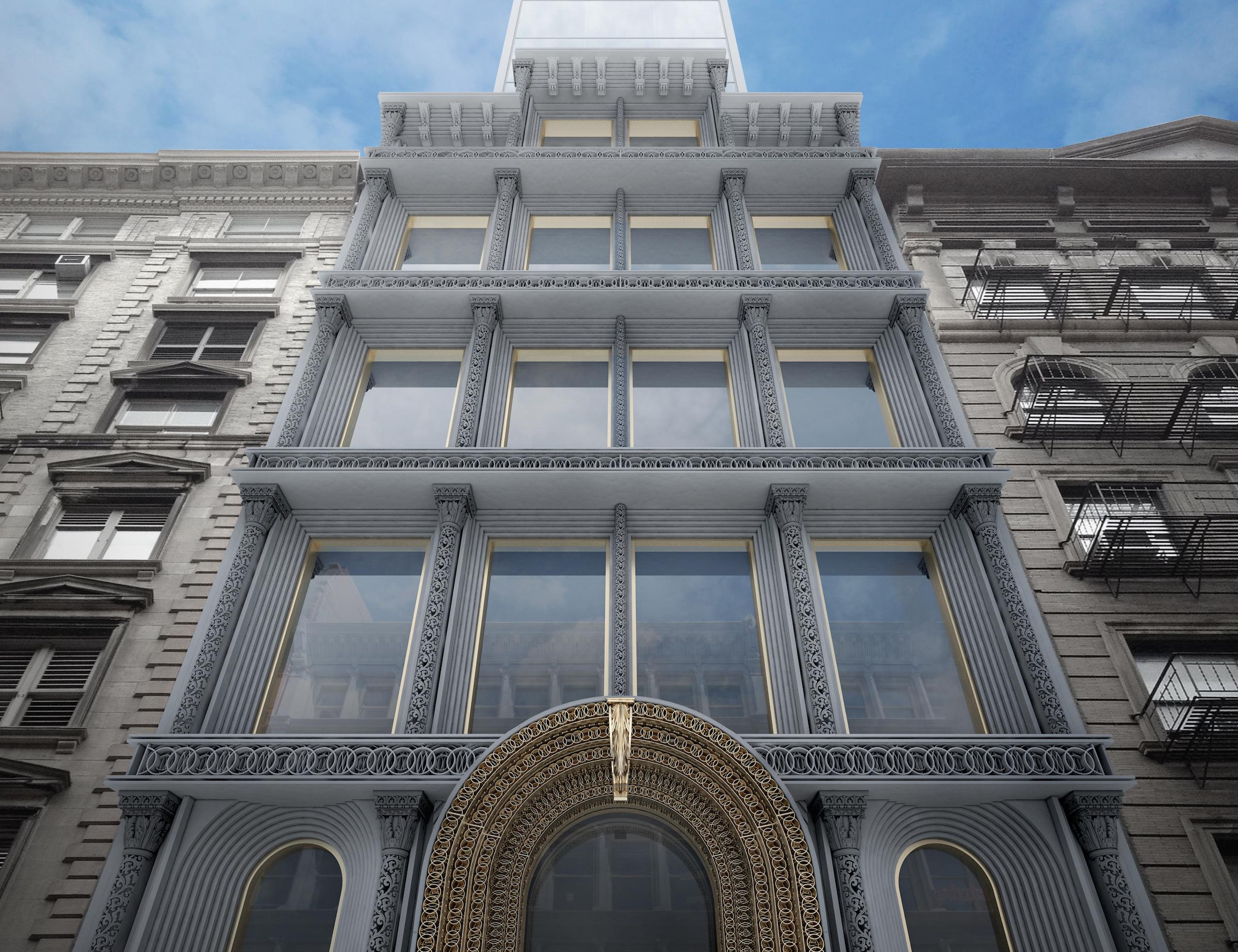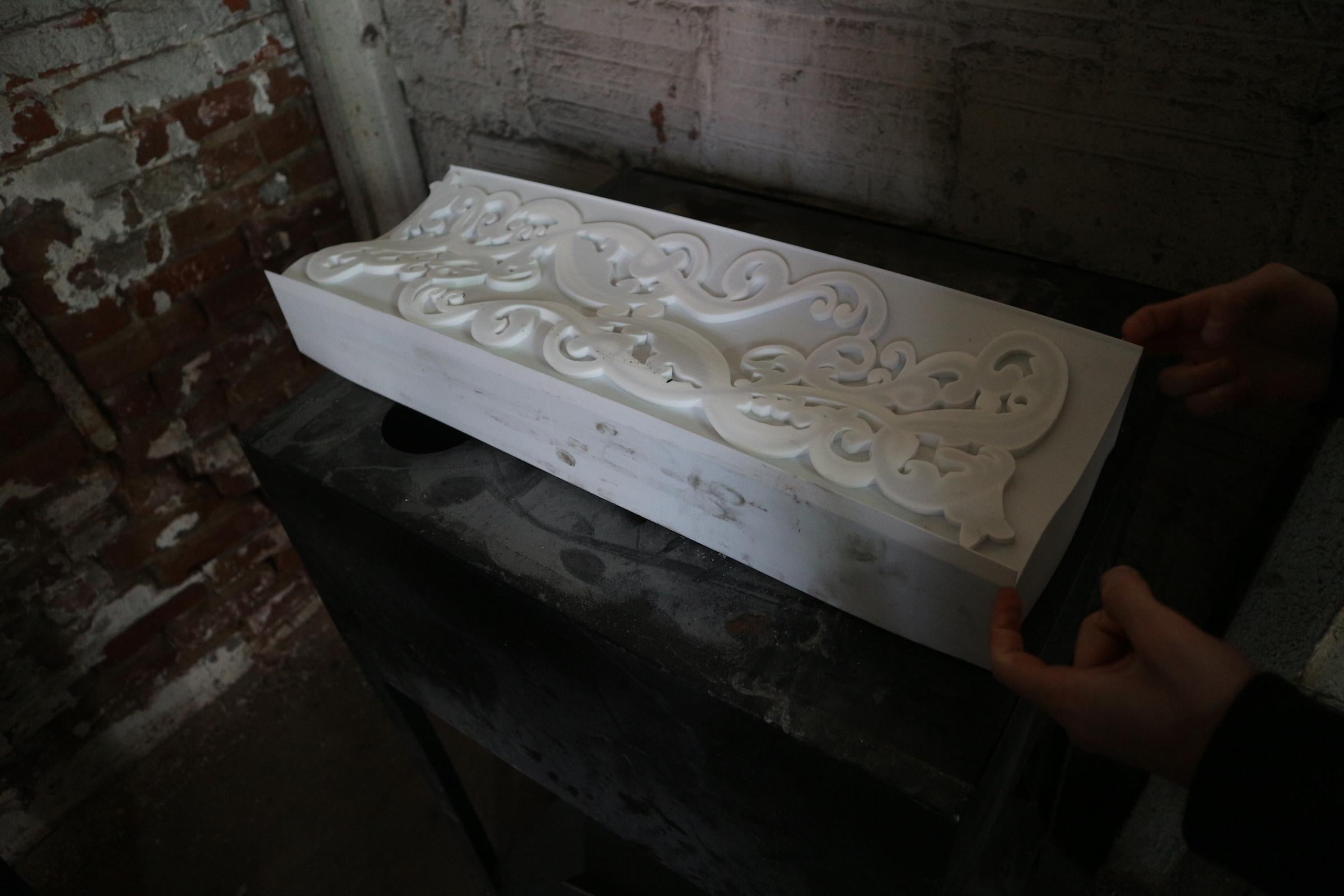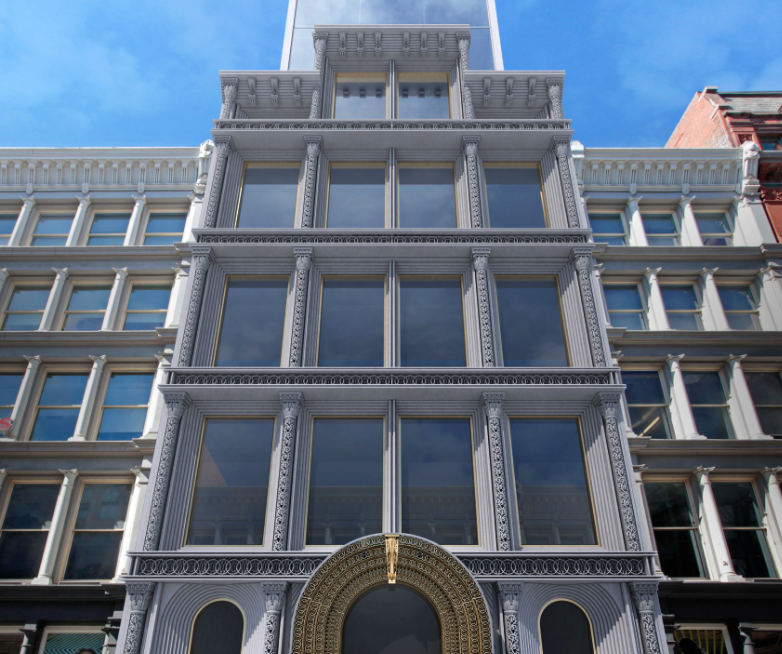Modern cities have undoubtedly lost the architectural charm of the past. Classical ornamentation and intricate facades have been replaced with glass and steel giants that offer much less character. Of course, contemporary design has a lot to offer, but with limited resources to protect historical buildings at a reasonable cost, traditional facade design has become a dying art – until now, as the relationship between technology and art enters a new realm.
New technology exists that can bring the forgotten craft of ornate architecture into the modern age, and at a cost that could save buildings from demolition. Creatives in every field are embracing digital tools to form new mediums of artistic expression. A recent example in the architectural world is how 3D printing technology now has the capacity to restore and recreate historic urban architecture that is under threat.
Bringing restoration into a cost-effective reality is the brainchild of New York architecture and engineering firm EDG. Inspired by a Fifth Avenue architectural treasure that was slated for demolition, the team went to painstaking lengths to formulate a financially viable process to help restore other buildings. EDG director Richard Unterthiner said the company “strongly believes in this historically rich architectural language, which everyone loves, but has forgotten how to speak”. This is where modern technology and traditional craft meet: “modern ornamental” is a new form of architectural digital sculpture that transforms renderings into printable objects.

Although the technology already existed, the main pitfall in restoration was the cost. Solid 3D-printed parts were not an option, as current printing costs – even the cheapest plastic pieces that are neither aesthetically pleasing nor durable – remained expensive. Instead, EDG narrowed in on plastic moulds that can produce intricate copies on site, within a day – a major game changer by industry standards. Laser scanning software allows the company to recreate virtually anything with ease, from colonnades and cornices to a whole building, and their digital catalogue of parts means architects anywhere could reprint the same mould.
Jonathan Shea, senior project manager at EDG, said: “Our hope is that architects and building owners alike will now find the freedom to create captivating and engaging facades that break the monotony of recent trends. As buildings increasingly become value engineered, they are stripped of any non-essentials, which also serve to make them unique. With our method of construction, even on a project where cost governs, ornamentation can be designed and incorporated into the facade without exceeding the budget.”
This breakthrough in architectural sculpture comes amid a growing change in the industry. The rise in 3D printing over the past decade has seen many designers race to create the first 3D-printed house. Projects have already been completed in Russia and China, and a micro-house was recently built in Amsterdam.
Architects Michael Hansmeyer and Benjamin Dillenburger unveiled the first 3D-printed room in 2013. Digital Grotesque I, weighing 11 tons and standing 11ft tall, boasted beautiful baroque detail with millions of micro-textures – all created using an algorithm in a similar process to EDG’s methods. Engineering firm Arup and architecture studio CLS Architetti have also recently unveiled plans to 3D-print a one-bedroom house at this year’s Milan design week.

But the progression in 3D printing technology isn’t just being used for aestheticism – historical treasures are also being saved from places that have seen huge devastation. The ancient city of Palmyra was under siege by Isis in Syria, and many cultural artefacts were hugely damaged, or destroyed. Historians and architects rushed in to save the remains, and the collections are bring brought back to life using 3D printing.
Missing pieces have been replaced with replicas created by scanning the artefacts, which included funerary busts from the second century, which historians believe were part of a local family of merchants. This recovery is particularly resounding within the architectural community, as it was a tribute to Khaled al-Asaad, the 82-year-old retired head of antiques in Palmyra who bravely refused to disclose the location of the city’s treasures to Isis. He was subsequently beheaded by Isis operatives in August 2015. The 3D printing technology allows his legacy to continue and defies the attempts of Isis to destroy rich historical culture.
China is also using the technology to commemorate human life. A funeral home in Beijing has started to use 3D printing to reconstruct disfigured facial features of any deceased person who suffered severe injuries in an accident. Family members need only to provide a headshot photograph for the 3D scanner to produce facial masks within 10 hours. Rather than spending several days reconstructing faces with traditional embalming methods, 3D printing makes the process a lot faster and with more accuracy.
The notion of technology as a vehicle for human expression is becoming an increasingly important trend in modern architecture. With all these innovative ways in which the industry is utilising 3D printing, we now have a way to embrace the best of our past.

Join our commenting forum
Join thought-provoking conversations, follow other Independent readers and see their replies
Comments